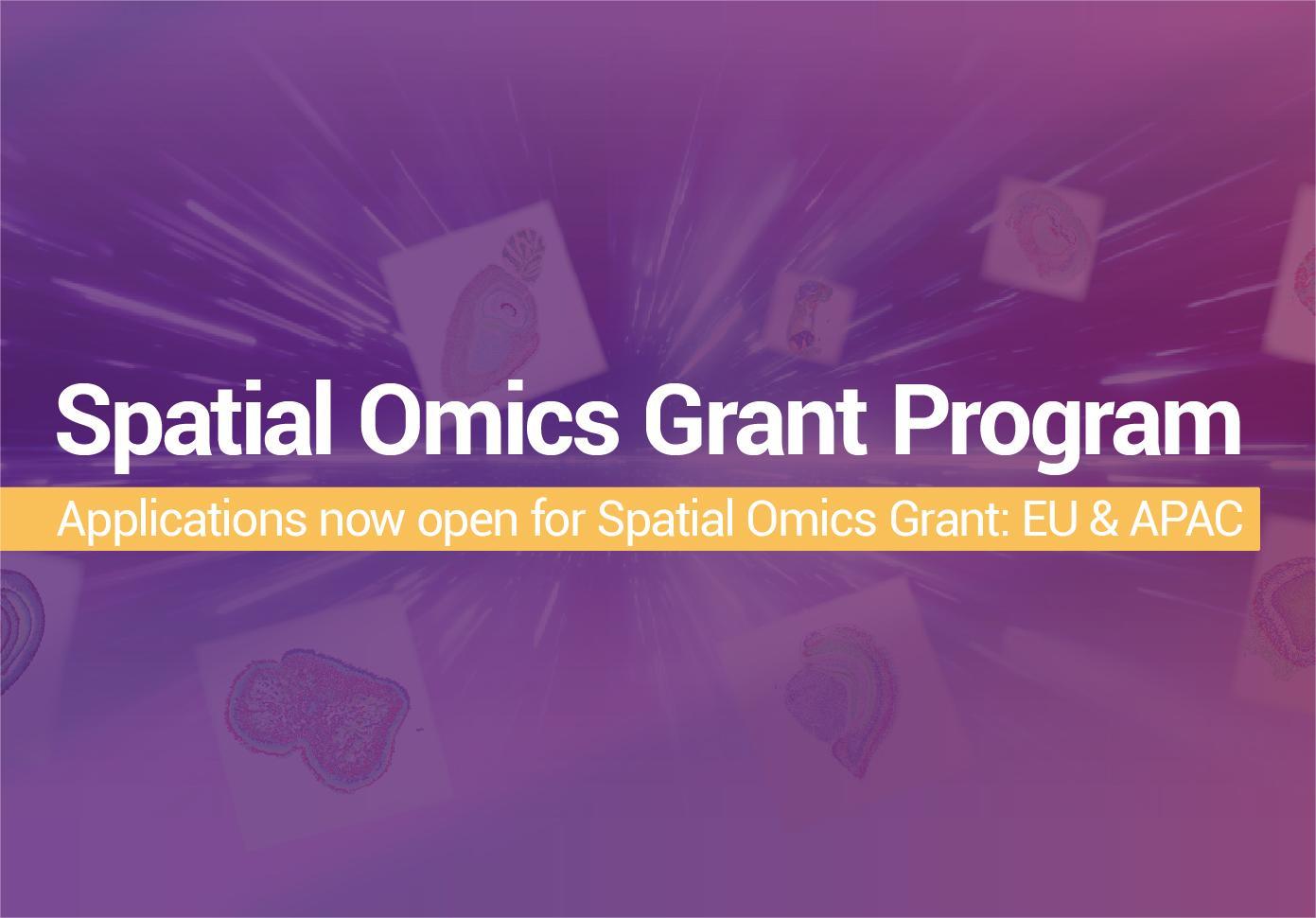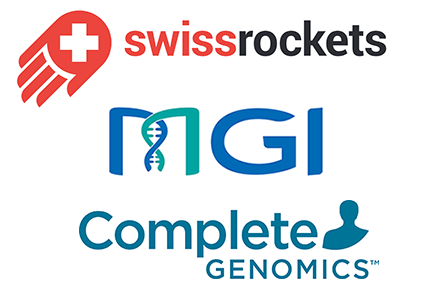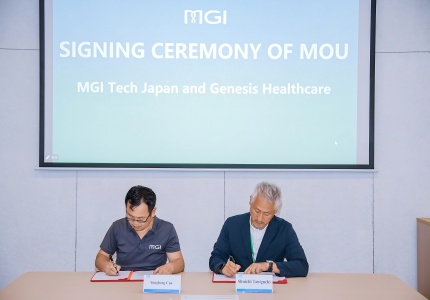Introduction
Brock Peters is senior director of research at Complete Genomics, where he has worked for nearly 12 years. He received his Ph.D. from Johns Hopkins University School of Medicine and previously was part of a team that catalogued cancer gene mutations at Genentech. An expert in cancer genetics, he is enthusiastic about the power of WGS to advance oncology, showing correlation between mutation profiles of cancer tumors and the kinds of drugs that are most effective.
Along with CSO Dr. Rade Drmanac, he has focused on enabling a perfect genome and recently introduced a new technique called stLFR, which achieves affordable sequencing, haplotyping, and de novo assembly using unique co-barcoded second-generation sequencing reads from long DNA molecules. stLFR has already revealed parts of genomes not found in the reference genome. Dr. Peters has used the technology to sequence a variety of genomes, including one very special subject – his dog, Jackson.
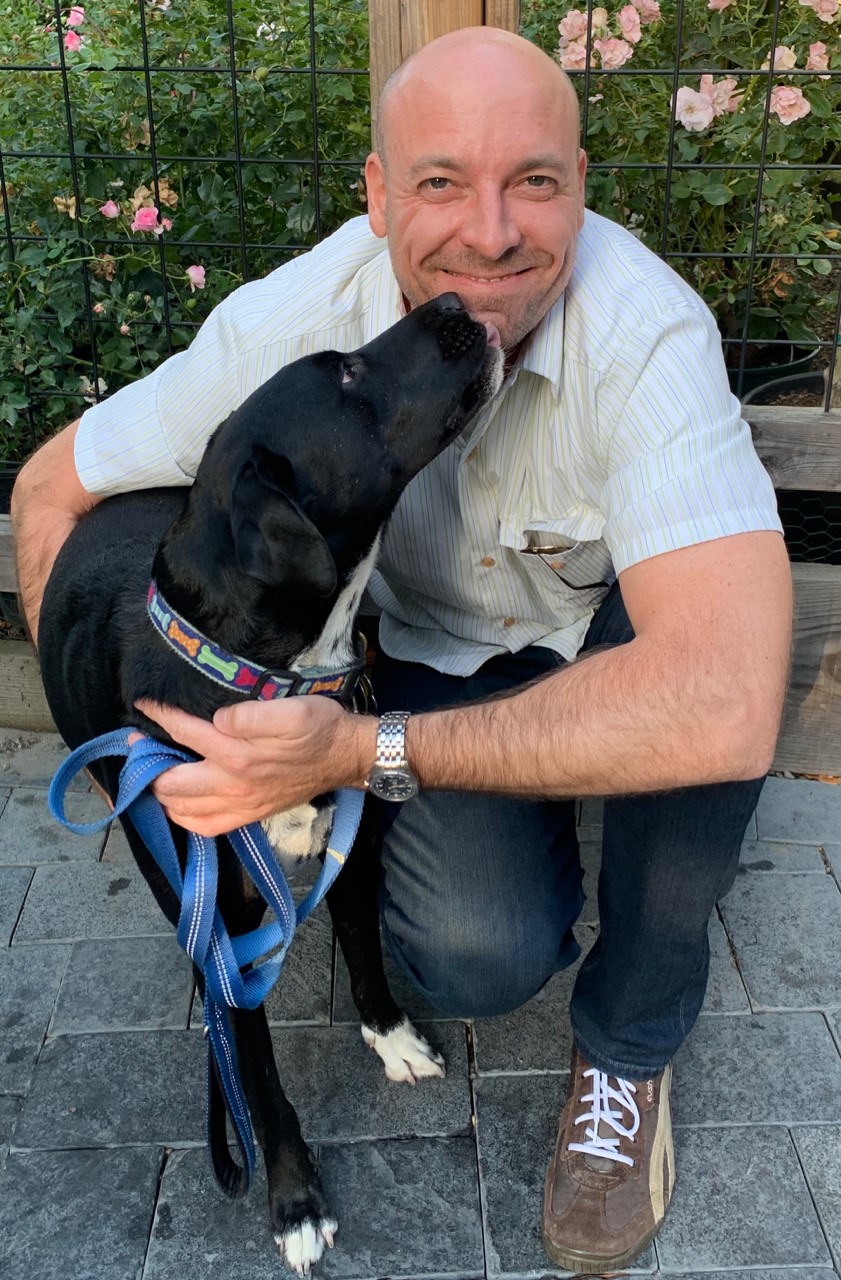
Brock Peters and Jackson
Q1: What first inspired your interest in genomic sequencing?
My graduate school training was with Bert Vogelstein and Ken Kinzler. They were early believers in, and at the forefront of elucidating, the genetic basis of cancer. Beyond that they were really clever at developing technologies utilizing DNA. I really developed a love for DNA engineering from my time in their lab as well as a strong belief that the cause of much human disease has a genetic basis. This naturally led to my desire to work on genome sequencing technology.
You have just introduced an innovative new technology called stLFR, for single-tube long fragment read. Tell us how this technology is improving both the accuracy and cost-effectiveness of sequencing.
Rade our CSO and I have been working hard to enable "Perfect Genome" sequencing, that is near error-free reference-free sequencing and assembly, for a while now. We think stLFR along with longer CoolMPS reads and advanced assembly algorithms being developed by our partner Sentieon are what is needed to get there. Ultimately, we believe assembling without a reference is a more cost-effective strategy than alignment to a reference, especially if we assembly in a diploid fashion. This makes variant calling less computationally expensive and less error prone.
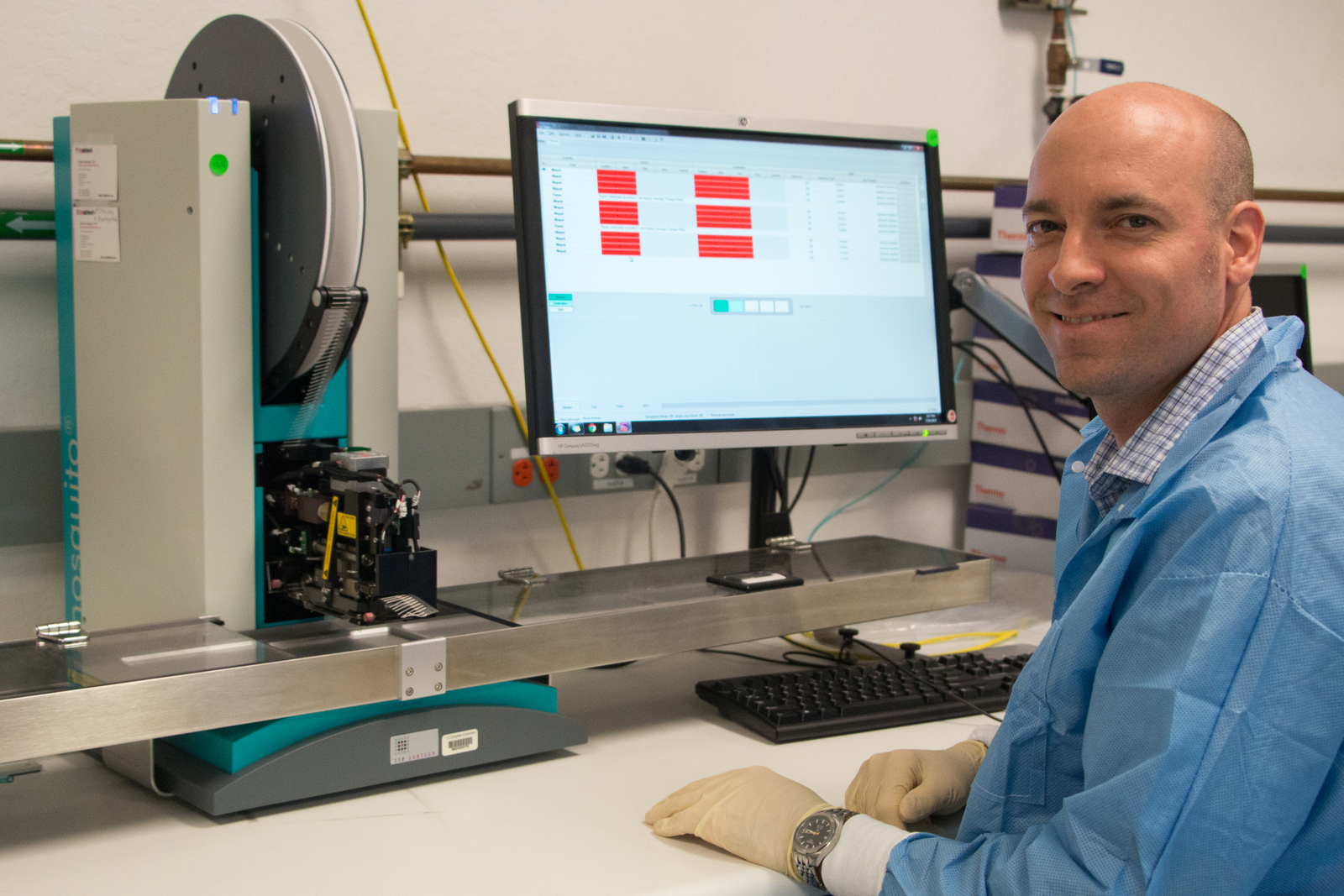
Q2:We heard you used stLFR to analyze many different genomes, even your dog Jackson's. What did you discover?
I think I mostly wanted to sequence Jackson so I could show pictures of him when I give talks -- people love him. Unsurprisingly, parts of his genome are not found in the reference dog genome. This is the case with most humans as well. How those extra pieces of DNA contribute to make Jackson who he is I can't say yet. We are trying use some of these pieces from Jackson's genome to fill some of the gaps in the dog reference genome.
From a more recreational genetics standpoint, Jackson has variants in his genome associated with high performance in agility and speed, which I can attest to, and his mother is a purebred Dalmatian. That was a surprise -- when we adopted him, we were told he's mostly Labrador. It's a bit murkier what his father is, but he was definitely a mix of multiple different breeds, none of which appear to be Labrador.
For humans, how can stLFR be used to help build a better reference genome for diverse populations?
It's a good question. I think the genetics field is still trying to figure out what a reference genome even means anymore given the huge amount of variation that has been found across individuals. That’s why we have initiated a project to gather, sequence, and catalog as completely and accurately as possible, using stLFR, human variation across a wide range of ethnicities. We'll make all of this data freely available and hopefully that will help to inform the genetics community how best to build a better human reference genome.
Q3:You are an expert on cancer genetics. What are the advantages of using WGS over traditional diagnostic tests in oncology?
For some cancer types there is sadly no advantage yet. But now, for many cancer types, WGS has been able to place individuals with those specific types on treatments that in some cases have led to a complete cure. One of the most amazing things we are seeing is that individuals harboring tumors with certain mutation profiles are responding to the same drugs even with tumors located in completely different regions of the body. This further reinforces how important the genetic background of cancer is.
Q4: What do you think are the most significant advances MGI's technologies can bring to biological research and to people' s lives?
Simply put, vast improvement. I think at the end of the day that's the goal. Better living through better understanding the genetics of life.



 Sequencer Products: SEQ ALL
Sequencer Products: SEQ ALL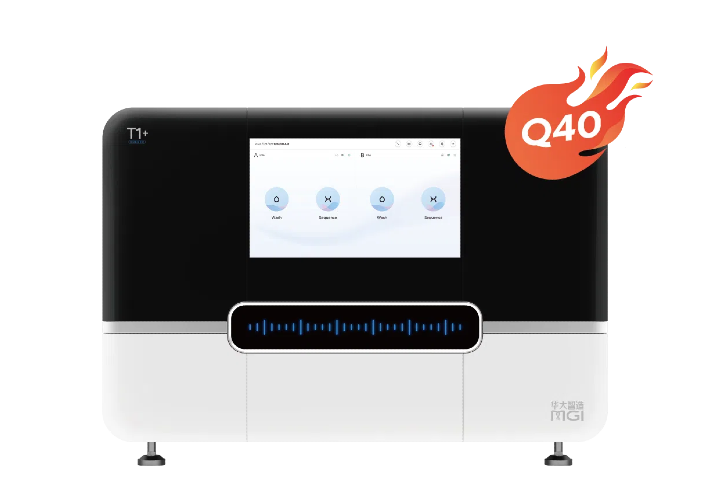

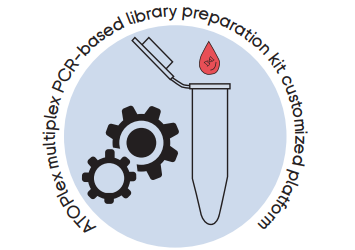
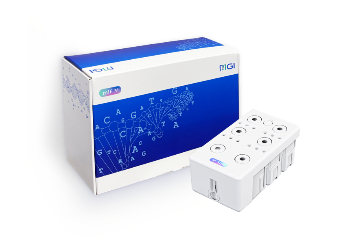
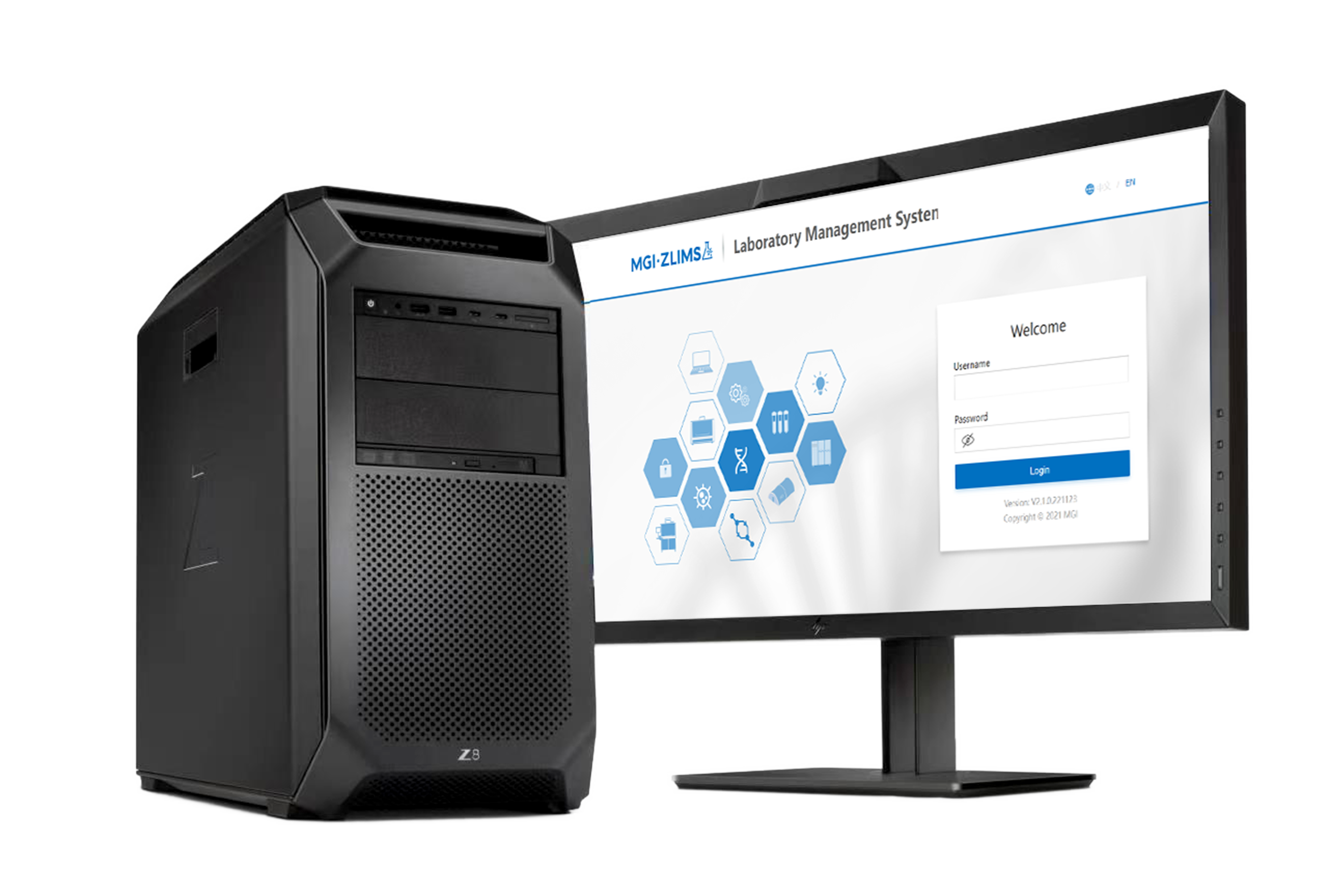
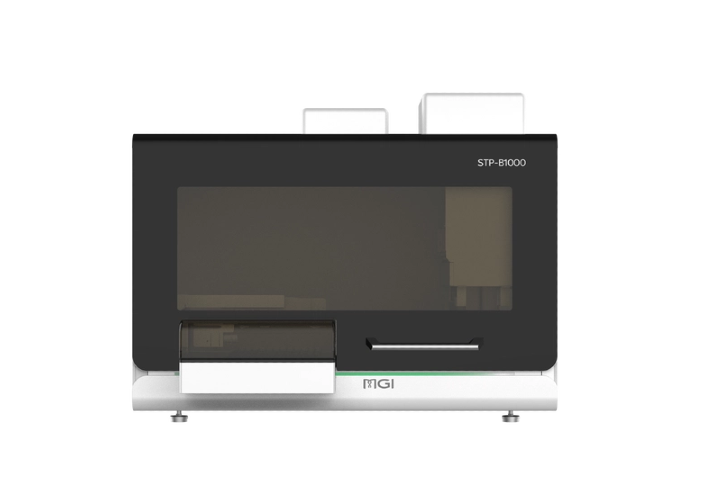

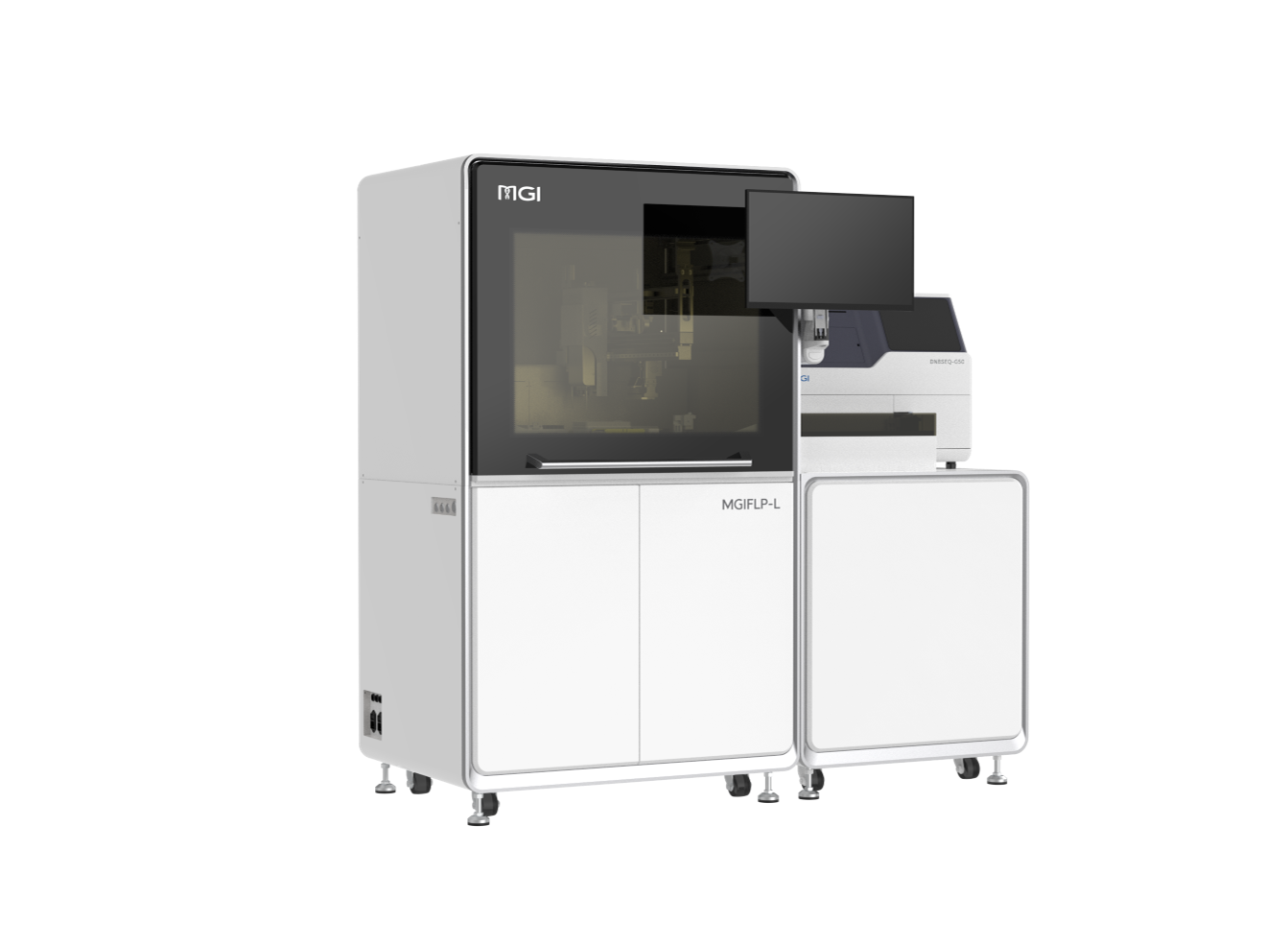
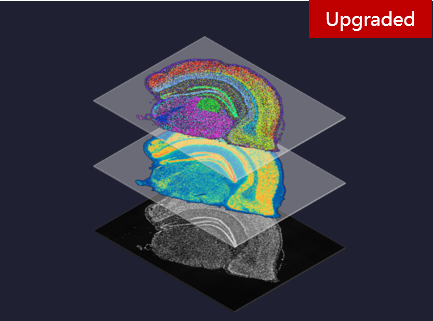
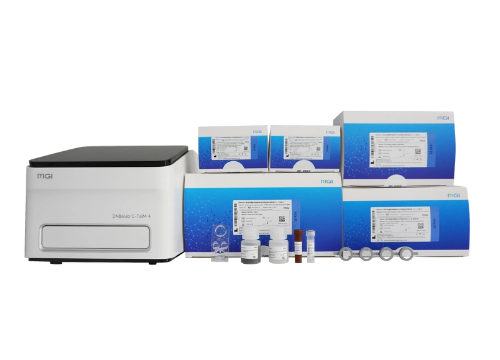
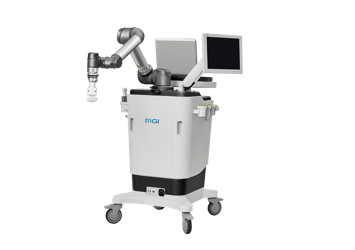

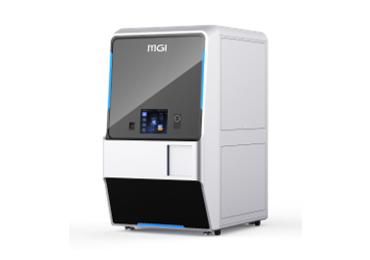



 Technologies
Technologies Applications
Applications Online Resources
Online Resources Data Bulletins
Data Bulletins Service & Support
Service & Support Global Programs
Global Programs Introduction
Introduction Newsroom
Newsroom Doing Business With Us
Doing Business With Us Creative Club
Creative Club








